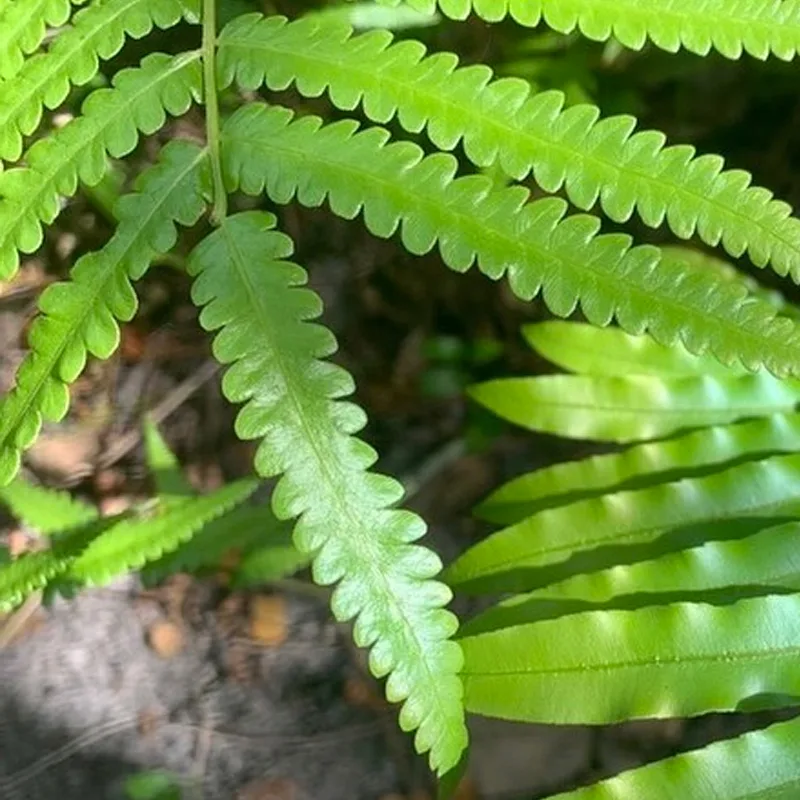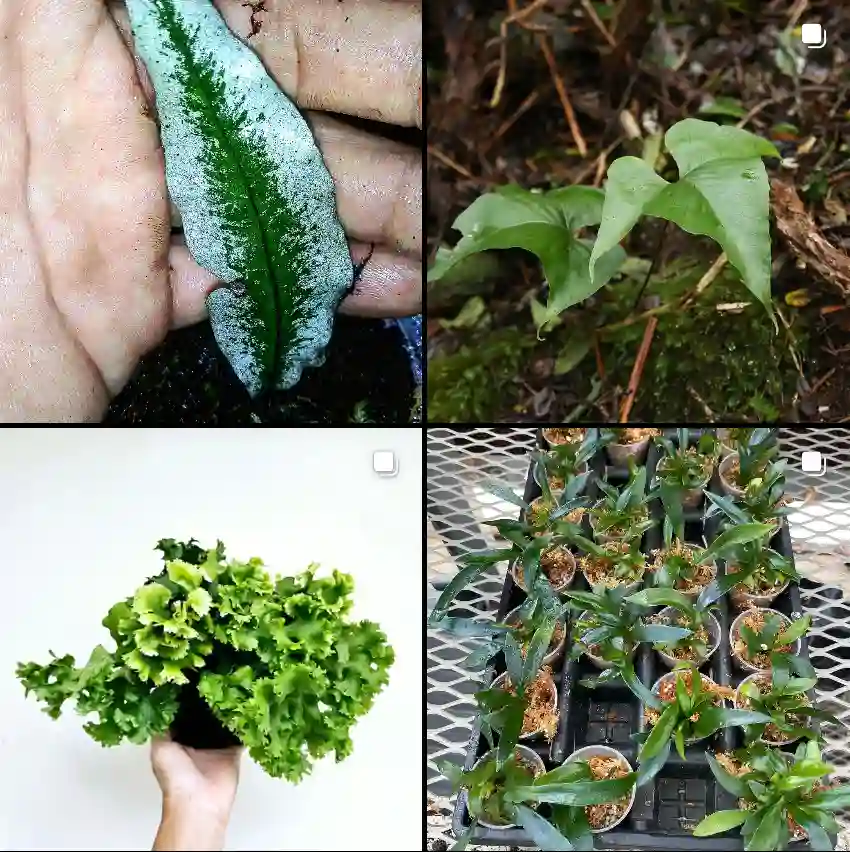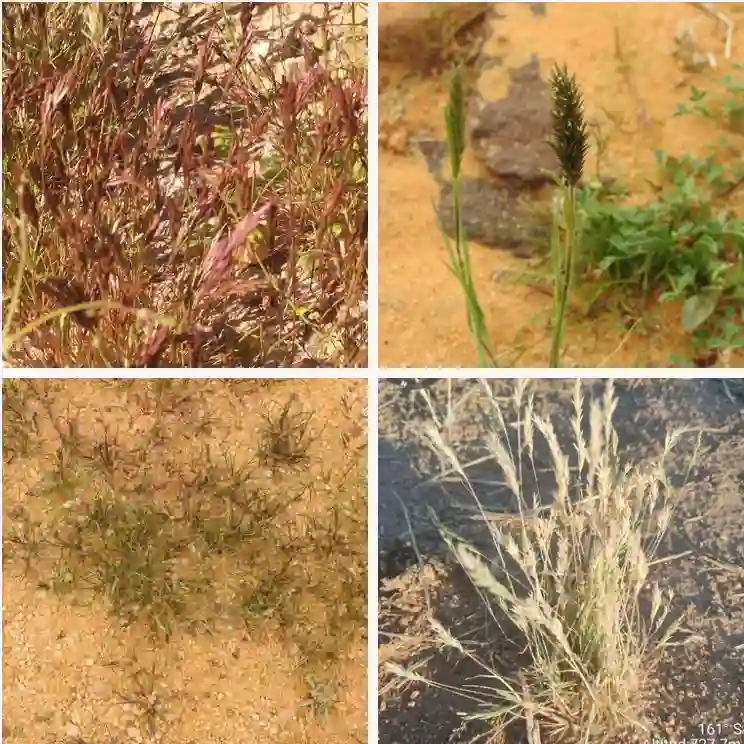Exploring the Philydraceae Family: A Deep Dive into Its Genera
As a plant enthusiast, I’ve always been captivated by the diversity within the plant kingdom. One family that recently caught my attention is Philydraceae. This intriguing family includes three distinct genera: Helmholtzia, Philydrella, and Philydrum. Each of these genera offers unique characteristics and adaptations, making them fascinating subjects of study. In this article, I’ll share my insights and experiences with the Philydraceae family, focusing on its key genera and their ecological significance.
Overview of the Philydraceae Family
The Philydraceae family is primarily found in Australia and New Guinea. This family is known for its aquatic and semi-aquatic plants, which thrive in wet environments such as marshes, swamps, and riverbanks. The adaptability of these plants to their habitats is remarkable. I’ve often found myself enchanted by their ability to flourish in challenging conditions, a true testament to nature’s ingenuity.
Philydraceae plants are mostly herbaceous, featuring slender stems and elongated leaves. They often have unique reproductive strategies, which can be quite fascinating. As I’ve delved deeper into their biology, I’ve come to appreciate the intricate relationships these plants have with their ecosystems.
Helmholtzia: The Distinctive Aquatic Gem
Among the three genera, Helmholtzia stands out for its aquatic nature. The plants in this genus are typically found in slow-moving water bodies. I remember my first encounter with Helmholtzia, nestled among reeds and sedges, its delicate flowers swaying gently in the breeze. The flowers are striking, often exhibiting a mix of white and yellow hues that attract various pollinators.
What I find particularly interesting about Helmholtzia is its adaptation to waterlogged conditions. The leaves are designed to float, which helps the plant stay above water while still absorbing sunlight. This adaptation not only supports its growth but also plays a crucial role in maintaining the aquatic ecosystem. Helmholtzia provides habitat and food for various aquatic organisms, making it an essential part of its environment.
Philydrella: The Resilient Marsh Dweller
Moving on to the second genus, Philydrella, I’ve found this genus equally captivating. Philydrella species often inhabit marshy areas, showcasing remarkable resilience to fluctuating water levels. I recall exploring a marsh where Philydrella thrived, its lush green foliage contrasting beautifully with the surrounding landscape. The adaptability of these plants to wet and dry conditions is a characteristic feature that caught my attention.
Philydrella’s flowers are another highlight. They usually bloom in clusters, creating a stunning visual display. These flowers serve not only aesthetic purposes but also play a vital role in attracting pollinators. I’ve spent hours observing bees and butterflies flitting from flower to flower, enhancing the biodiversity of the marsh.
Philydrum: The Versatile Survivor
Finally, we have Philydrum, a genus that demonstrates versatility in various environments. Unlike its aquatic relatives, Philydrum can thrive in both wet and dry habitats. My experiences with this genus have shown me how it can adapt to diverse conditions, making it a true survivor in the plant kingdom.
Philydrum species often feature broader leaves, which help them maximize light absorption. I remember visiting a wetland where Philydrum grew alongside other vegetation. The plant’s ability to coexist with others while establishing its own niche is impressive. Additionally, its flowers, although less conspicuous than those of Helmholtzia and Philydrella, are still essential for the ecosystem, contributing to pollination and seed dispersal.
Ecological Importance of Philydraceae
The Philydraceae family is not just about beautiful plants; it plays a vital ecological role. The plants contribute to water quality by stabilizing soil and filtering pollutants. Their roots help prevent erosion, making them crucial for maintaining healthy wetland ecosystems. I’ve often reflected on how the presence of these plants can signify a thriving habitat, supporting a variety of wildlife.
Moreover, the diversity within the Philydraceae family promotes genetic variation, enhancing resilience against environmental changes. As climate change continues to impact ecosystems, having diverse plant families like Philydraceae is more important than ever. These plants can serve as a buffer, helping ecosystems adapt and recover from disturbances.
Conclusion
In my exploration of the Philydraceae family, I’ve developed a deep appreciation for its genera: Helmholtzia, Philydrella, and Philydrum. Each offers unique traits and adaptations that contribute to their respective ecosystems. Whether it’s the aquatic beauty of Helmholtzia, the resilience of Philydrella, or the versatility of Philydrum, these plants showcase nature’s incredible ability to adapt and thrive.
As I continue my journey in botany, I look forward to discovering more about the fascinating world of plant families. The Philydraceae family has not only enriched my knowledge but also deepened my love for the intricate relationships within nature. Whether you’re a seasoned botanist or a curious novice, I encourage you to explore these remarkable plants and appreciate their ecological significance.
If i die, water my plants!



